Powder Sieve Machine Price
Saturday July-12 2025 12:39:59
In the field of fine processing, the Powder Sieve Machine is a core equipment for controlling powder quality, and its performance directly affects the purity and consistency of downstream products. From pharmaceutical - grade ultra - fine powders to industrial granular raw materials, they all need to be accurately sieved by it. Different types of powder sieving machines are suitable for materials with different fineness and viscosity. When choosing, it is necessary to take both technical parameters and industry requirements into account. The price shows a gradient difference with the configuration and functions, which becomes a key consideration for enterprises to balance costs and efficiency.
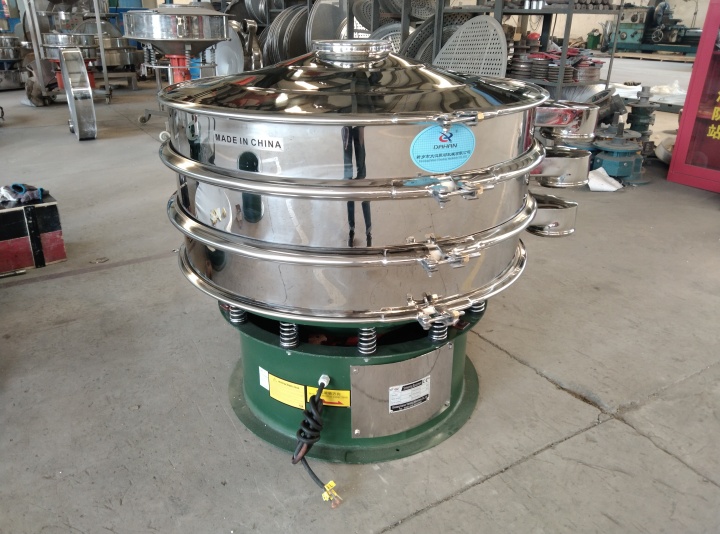
What determines the price of Powder Sieve Machine?
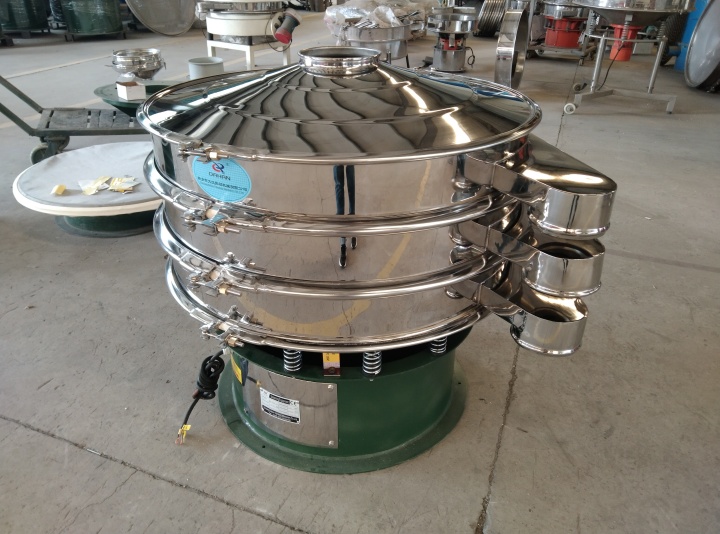
The price of the Powder Sieve Machine is jointly affected by the type, material and processing capacity, with a range of approximately$800 and $5,000 per unit. The basic vibro sifter is suitable for sieving conventional powders of 50 - 300 mesh, with a price of $800 and $1,500; the model equipped with an ultrasonic system can handle ultra - fine powders of 300 - 800 mesh, and its price rises to $2500 and $4,000.due to the anti - blocking design and high - frequency device; while the customized models for food/pharmaceutical grade (such as sterile stainless steel material, explosion - proof configuration), which are aimed at viscous powders of 100 - 600 mesh, can cost $3,500 and $5,000.. In terms of materials, 304 stainless steel is 15% - 20% more expensive than carbon steel, and 316L is another 25% more expensive, which is directly reflected in the equipment cost.
How to select a suitable Powder Sieve Machine?
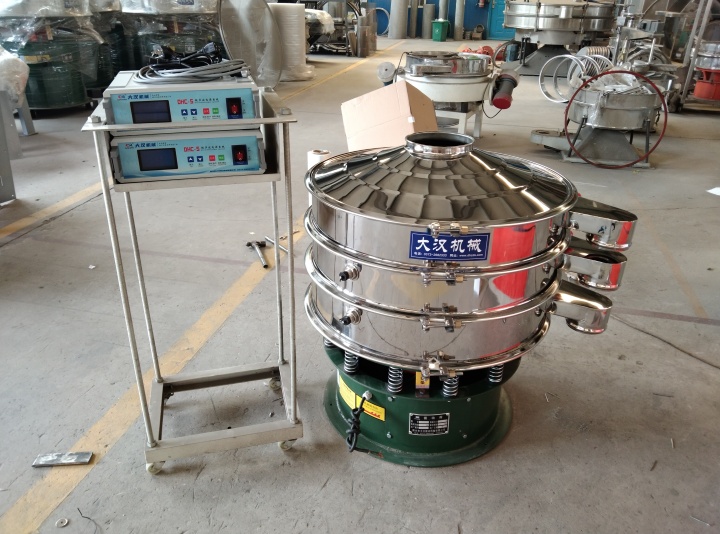
The selection must be closely linked to the powder characteristics and production scenarios: if dealing with powders above 300 mesh that are easy to agglomerate (such as traditional Chinese medicine powder, battery materials), priority should be given to models with an ultrasonic system, whose high - frequency vibration can reduce the blocking rate by more than 60%; for dry powders of 50 - 200 mesh (such as plastic particles), the basic vibro sifter can meet the needs. The food/pharmaceutical industry must choose 316L stainless steel material and GMP certification, while the chemical industry needs to consider anti - corrosion coatings. At the same time, select the model according to the daily processing capacity: for an hourly output of less than 500kg, a small machine is selected; for 2 - 5 tons, a medium - sized multi - screen machine is needed to avoid "over - qualification" or insufficient production capacity.
What advantages make Powder Sieve Machine indispensable?
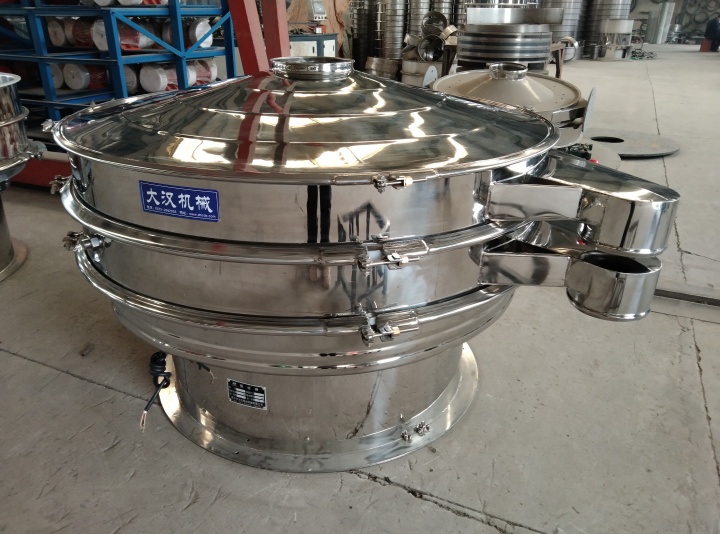
Its core advantages lie in the fine sieving ability: the ultrasonic model has a sieving accuracy of 99.5% for 800 - mesh powder, which is much higher than 90% of traditional equipment; the anti - blocking design increases the sieving efficiency of viscous powders (such as pigments, dough powder) by 40%, reducing the downtime for cleaning. Another highlight is its strong adaptability. By adjusting the vibration frequency (25 - 60Hz) and amplitude (0.5 - 3mm), it can be compatible with powders from the nanometer level to the millimeter level. In addition, the modular design shortens the screen replacement time to within 5 minutes, the maintenance cost is 20% - 30% lower than that of similar equipment, and the energy consumption is only 60% of that of traditional sieving machines, making it more economical for long - term use.
In which scenarios does Powder Sieve Machine play a key role?
In the pharmaceutical industry, it is used for the sterile sieving of antibiotic powders (200 - 400 mesh) to ensure the uniformity of particles to meet the pharmacopoeia standards; in the food field, it filters impurities in milk powder (100 - 200 mesh) and spice powder (300 - 500 mesh) to avoid the mixing of foreign matters; in the production of new energy materials, it sieves lithium battery cathode materials of 500 - 800 mesh, which directly affects the energy density of the battery; in the chemical industry, it controls the fineness of coating powders (150 - 300 mesh) to ensure the flatness of the coating. Even in the cosmetics industry, the classification of talcum powder and titanium dioxide (200 - 600 mesh) also depends on its accurate operation.


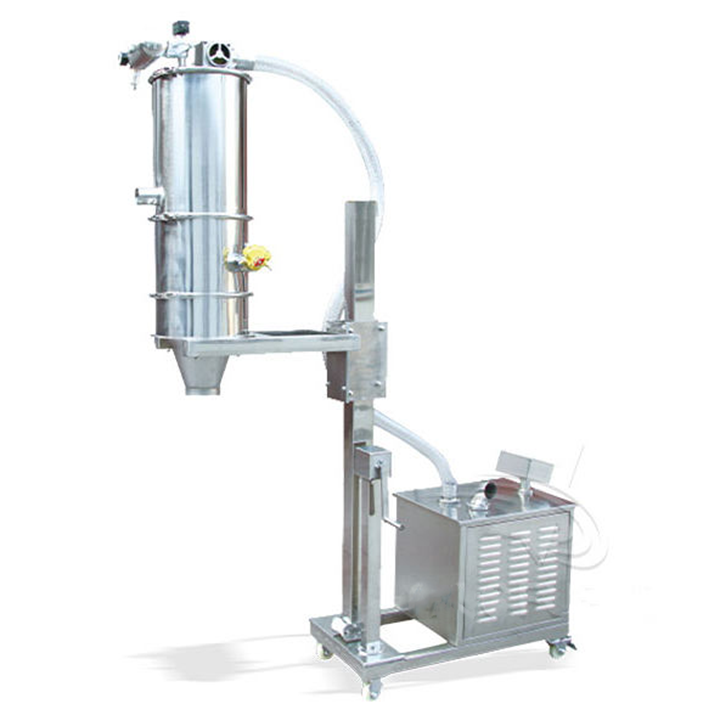
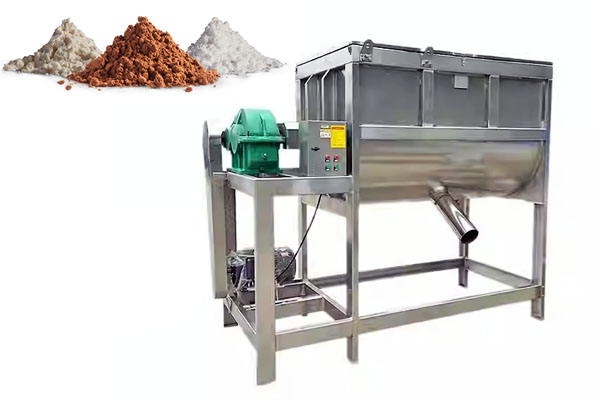
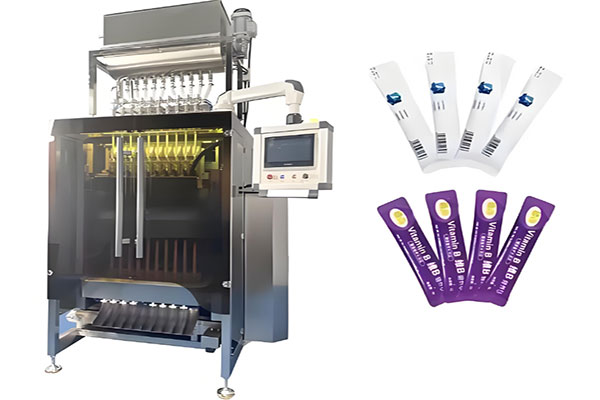
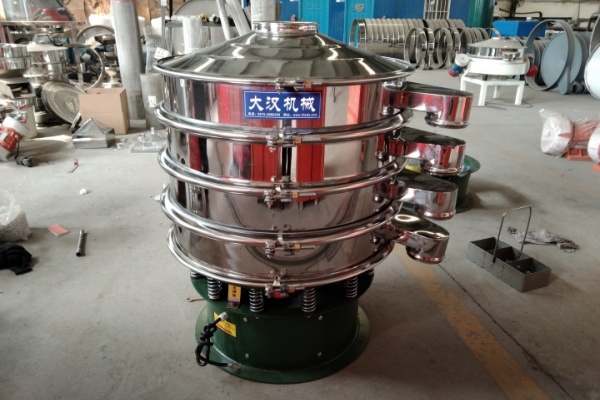 Powder Sieve Machine
Powder Sieve Machine